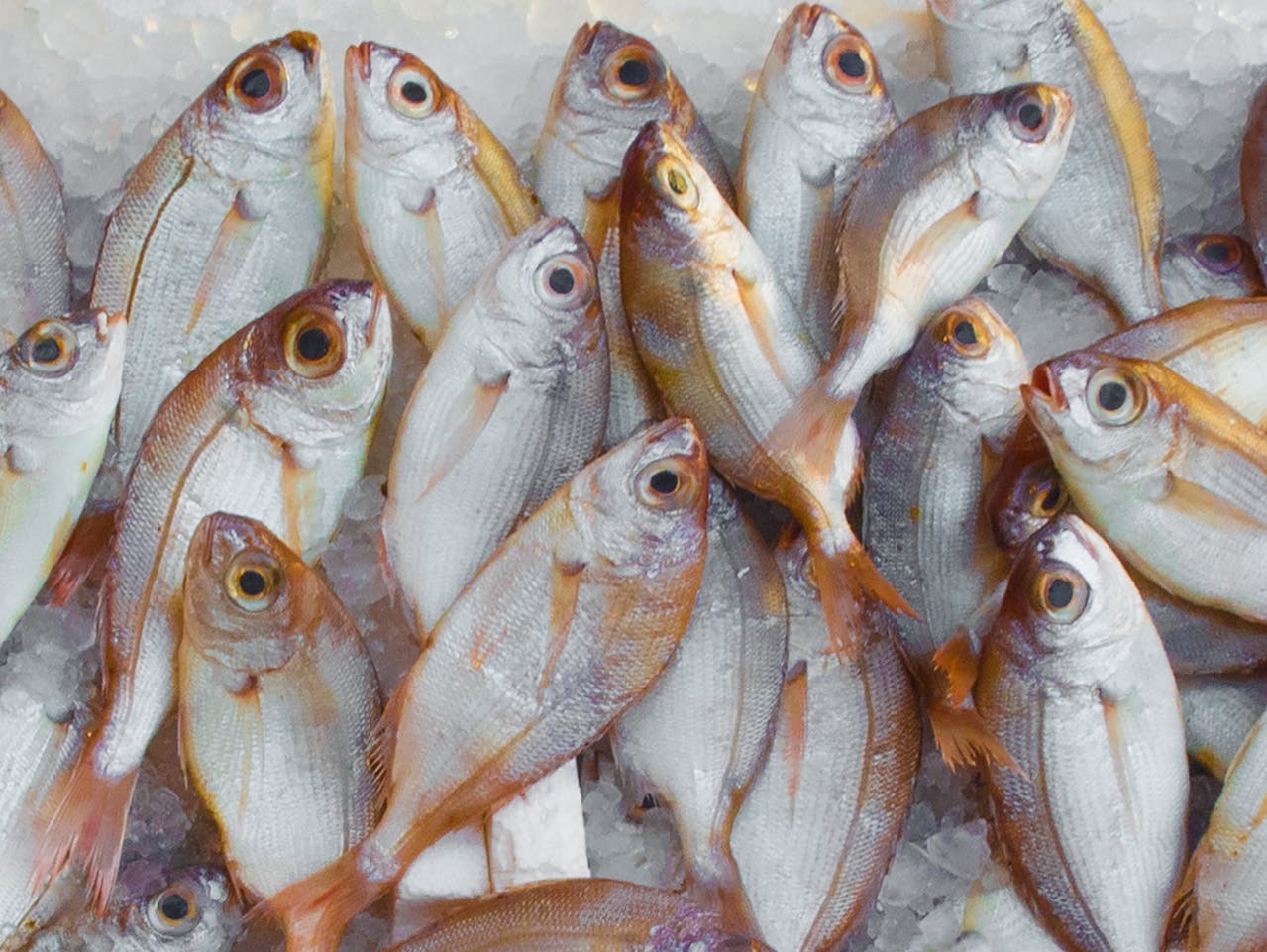Seafood menus are shifting. While cod and tuna have long ruled the oceans of Western gastronomy, a quiet transformation is underway. Lesser-known species—once overlooked or undervalued—are surfacing in restaurant kitchens and on dinner plates, driven by sustainability concerns, pricing shifts, and culinary creativity. In 2024, aquaculture officially overtook wild catch for the first time in history, according to the FAO. And that change is not just numerical—it’s ecological, economic, and gastronomic.
At the same time, traditional seafood icons are losing menu share, nudged out by consumer curiosity, environmental urgency, and new flavor frontiers. From fast-food innovations using Alaska flounder to Michelin-starred dishes spotlighting sablefish, chefs are guiding diners toward a new kind of ocean literacy—one based on variety, responsibility, and taste.
Trend Snapshot / Factbox
| Aspect | Details |
|---|---|
| Trend name & definition | Seafood Diversification – shifting toward new and underutilized species |
| Key components | Aquaculture growth, menu innovation, sustainability labeling |
| Current distribution | Global, with key shifts in North America, Europe, Southeast Asia |
| Notable restaurants/products | Fast-food Alaska flounder launches, sablefish tasting menus |
| Popular hashtags | #SeafoodShift, #SustainableCatch, #FutureFish, #AquacultureNow |
| Target demographics | Conscious consumers, flexitarians, chefs, seafood-savvy urbanites |
| Wow factor | Rising use of previously niche species like sablefish, tilapia, and mussels |
| Trend phase | Mid-emerging: widespread sourcing shifts, still building consumer familiarity |
Aquaculture Overtakes Wild Catch—for the First Time Ever
The FAO’s 2024 report marked a historic moment: global aquaculture production surpassed wild fisheries for the first time. This is more than a data point—it signals a deep transformation in how the world sources protein from the ocean. Aquaculture now provides the majority of fish consumed globally, including staples like salmon, tilapia, shrimp, and catfish.
The shift brings both stability and controversy. Farmed species offer predictable supply chains and pricing, but concerns persist about feed, antibiotics, and ecosystem impacts. However, advances in closed-loop systems and certifications have improved standards significantly, making farmed fish a reliable choice for chefs prioritizing consistency, sustainability, and affordability.
Flounder Goes Fast Food, Sablefish Goes Haute Cuisine
Alaska flounder, once a quiet player, leapt into the spotlight in 2024 when a major fast-food chain launched a sandwich featuring the flaky whitefish. The response was strong—proof that diners are open to change when the flavor and familiarity align. At the other end of the dining spectrum, sablefish is gaining traction for its buttery texture and rich umami depth. According to SeafoodSource, chefs are increasingly embracing this versatile, sustainably harvested species.
Sablefish, also known as black cod, appears in miso-glazed fillets, wood-fired medallions, or smoked tartare. It’s nutrient-dense, forgiving in texture, and offers a premium experience without the baggage of overfished species. Dishes like “Sablefish en Papillote with Ginger-Miso Broth” or “Charred Flounder Tacos with Seaweed Aioli” exemplify how new species are being framed as both exciting and accessible.
The Fade of the Familiar
Despite their iconic status, traditional white fish like cod and haddock are losing ground. In the U.S., cod appeared on 75% of menus in 2020—but by 2024, that number dropped to 71%, while haddock fell even further. Sustainability warnings, rising prices, and culinary fatigue are driving chefs to rethink their defaults.
Add to this the fact that many wild stocks are under pressure, and it becomes clear: diversification isn’t just trendy—it’s necessary. For restaurateurs, moving away from overfished staples toward emerging options is both a strategic and ethical decision.
When Prices Shift, Menus Follow
In 2024, prices for frozen and fresh shellfish dropped significantly, according to GlobeNewswire. This, combined with ongoing inflation, made species like mussels, clams, and squid more attractive to price-sensitive consumers. Shellfish also benefit from sustainability credentials, with many bivalves being low-impact filter feeders.
We’re seeing a surge in dishes like “Chili-Garlic Mussels with Fermented Black Bean Sauce” or “Grilled Calamari over Roasted Corn Polenta.” These aren’t just economic compromises—they’re flavorful, texturally interesting, and culturally versatile.
Sustainability Drives Discovery
Consumer awareness is rising, thanks in part to tools like the Good Fish Guide and sustainability certification labels. These resources encourage diners to branch out—trying lesser-known species that are abundant, local, or responsibly farmed. According to the European Commission, 76.9% of global catches in 2021 came from biologically sustainable stocks, but this number must grow to meet demand ethically.
Chefs play a key role here: by showcasing underutilized fish in compelling ways, they help shift taste norms. Think “Pan-Fried Tilapia with Lemongrass Nage” or “Charred Mackerel with Pickled Mustard Greens.” These dishes tell a story—of climate, culture, and culinary evolution.
Conclusion: The Ocean’s Next Chapter Is on the Plate
Seafood is no longer just about tradition—it’s about transformation. From fast-food chains to fine-dining temples, the tides are changing. The rise of aquaculture, new species in the spotlight, and growing sustainability consciousness are redrawing the seafood map.
Diners are open. Chefs are ready. And the oceans? They’re asking us to choose wisely.
For more on how regional flavors are changing global food norms, read: Why Southeast Asian Flavors Are Taking Over in 2025.

